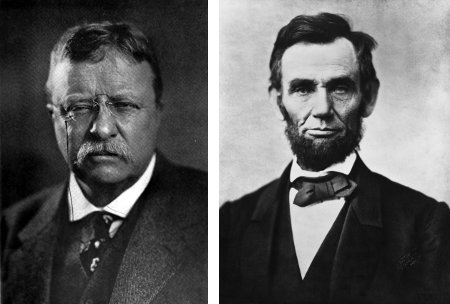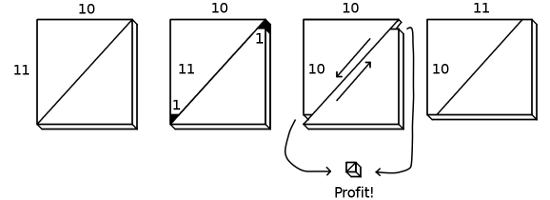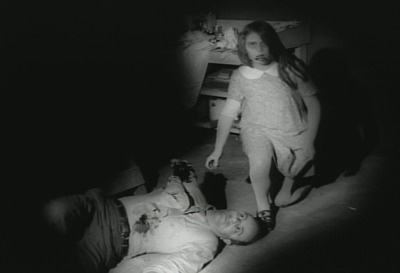sottisier
n. a list of written stupidities
Unfortunate lines in poetry, collected in D.B. Wyndham Lewis’ The Stuffed Owl, 1930:
- He suddenly dropt dead of heart-disease. (Tennyson, “Sea-Dreams”)
- Her smile was silent as the smile on corpses three hours old. (Earl of Lytton, “Love and Sleep”)
- Irks care the crop-full bird? Frets doubt the maw-crammed beast? (Browning, “Rabbi Ben Ezra”)
- Then I fling the fisherman’s flaccid corpse / At the feet of the fisherman’s wife. (Alfred Austin, “The Wind Speaks”)
- With a goad he punched each furious dame. (Chapman, translation of the Iliad)
- Forgive my transports on a theme like this, / I cannot bear a French metropolis. (Johnson, “London”)
- So ’tis with Christians, Nature being weak, / While in this world, are liable to leak. (William Balmford, The Seaman’s Spiritual Companion)
- Now Vengeance has a brood of eggs, / But Patience must be hen. (George Meredith, “Archduchess Anne”)
- O Sire of Song! Sonata-King! Sublime and loving Master, / The sweetest soul that ever struck an octave in disaster! (Eric Mackay, “Beethoven at the Piano”)
- The vales were saddened by a common gloom, / When good Jemima perished in her bloom. (Wordsworth, “Epitaph on Mrs. Quillinan”)
- Such was the sob and the mutual throb / Of the knight embracing Jane. (Thomas Campbell, “The Ritter Bann”)
- Poor South! Her books get fewer and fewer, / She was never much given to literature. (J. Gordon Coogler)
- Reach me a Handcerchiff, Another yet, / And yet another, for the last is wett. (Anonymous, A Funeral Elegie Upon the Death of George Sonds, Esq., 1658)
- Tell me what viands, land or streams produce, / The large, black, female, moulting crab excel? (Grainger, The Sugar-Cane)
In The Razor’s Edge, Larry Darrell says, “The dead look so terribly dead when they’re dead.” Isabel asks, “What do you mean exactly?” He says, “Just that.”




